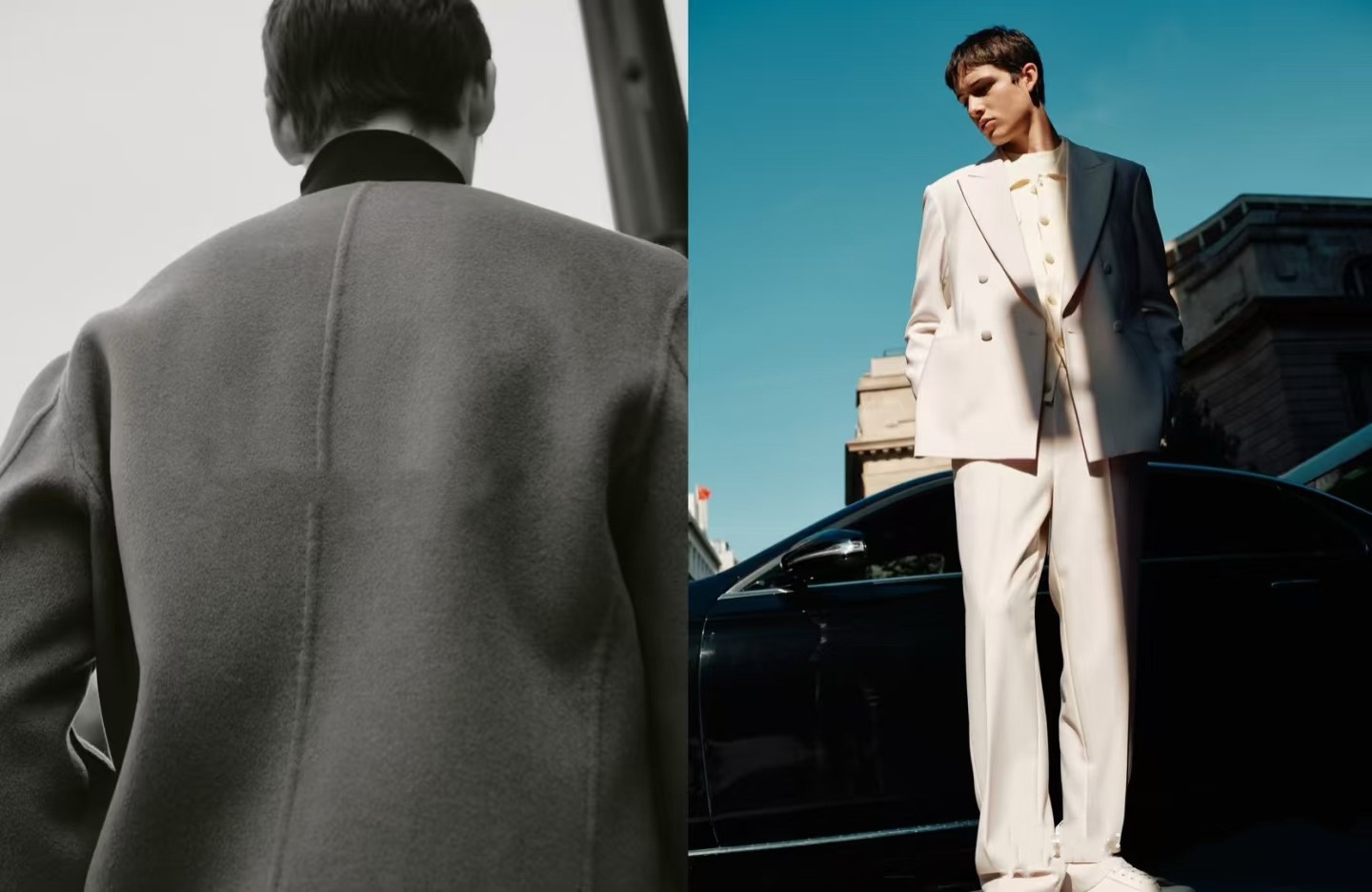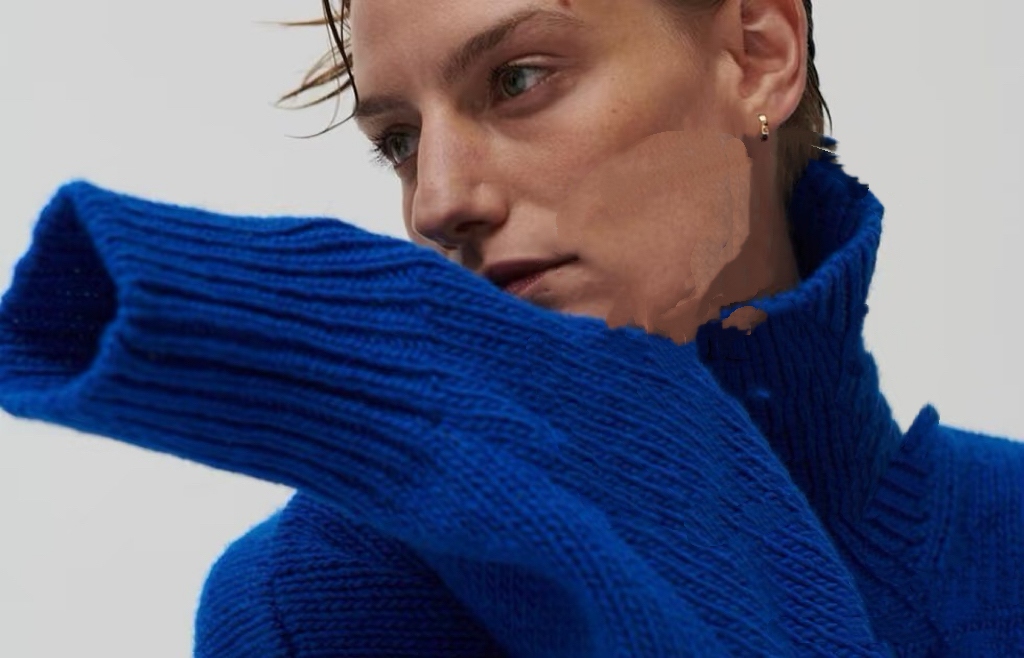SHOES


Sale price US$0.00 Regular price


Sale price US$0.00 Regular price


Sale price US$0.00 Regular price


Sale price US$0.00 Regular price
CLOTHINGS


Sale price US$0.00 Regular price


Sale price US$0.00 Regular price


Sale price US$0.00 Regular price


Sale price US$0.00 Regular price
BELTS
WATCHES


Sale price US$11.99 Regular price US$19.99


Sale price US$11.99 Regular price US$19.99


Sale price US$11.99 Regular price US$19.99


Sale price US$11.99 Regular price US$19.99


Sale price US$11.99 Regular price US$19.99


Sale price US$11.99 Regular price US$19.99


Sale price US$11.99 Regular price US$19.99

